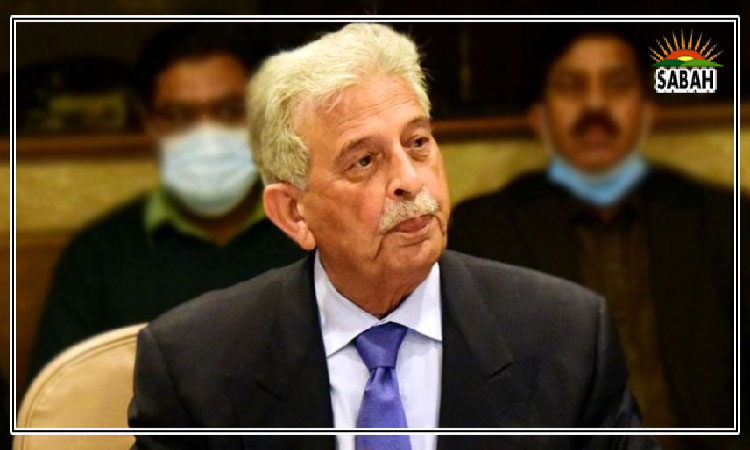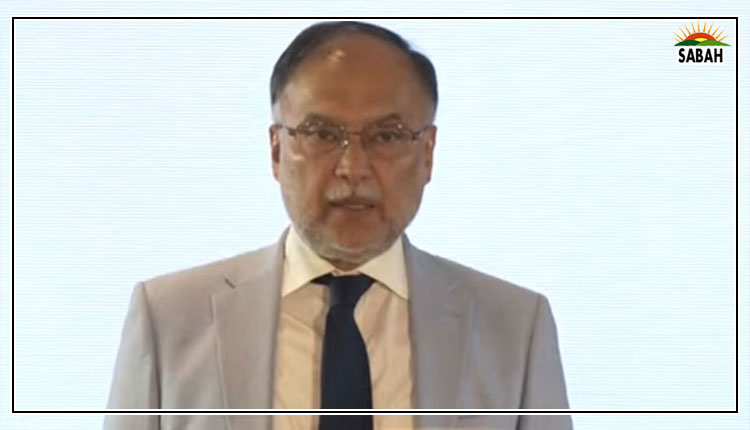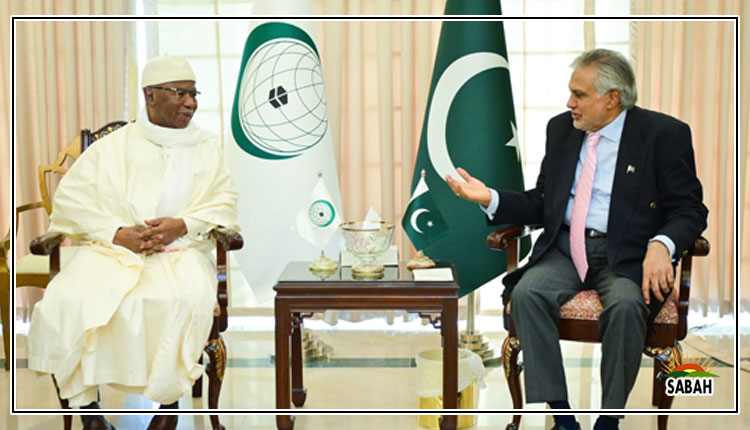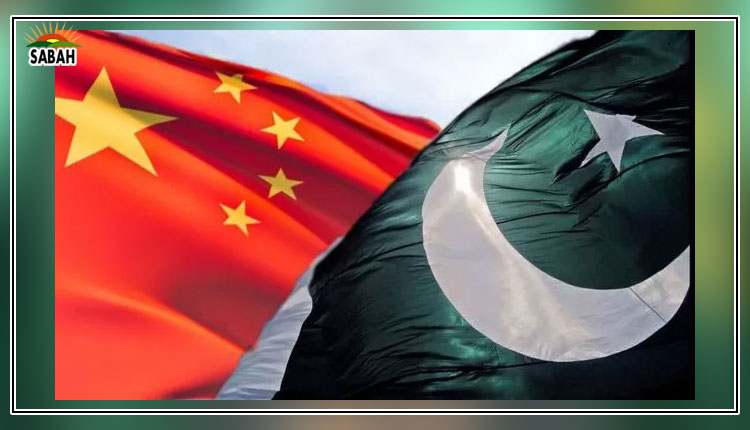China and India in the multipolar global order…Shahid Javed Burki
There is a growing fear of China among the administrations that have come to power in Washington since the collapse of the Soviet Union in 1991. It was in 1991 that the USSR broke into several geographic pieces. While the states in Eastern Europe and Central Asia parted company with Moscow, China began to grow its economy and increase its military strength. In the early 1980s while working in the World Bank I had coined the term “a multipolar world”. I was mocked by several commentators for using the term. I was reminded that in English language there were only two poles, north and south. Multipolar world did not make any grammatical sense.
While that may have been the case, there is no denying the fact that there are now several centres of economic activity around the globe. Most of these have their spheres of influence. Often these overlap, which gives rise to conflict. This is the case in Eastern Europe, East Asia and the Middle East. These involve in some way or the other the United States. Washington is helping Ukraine in Eastern Europe to push back Russia which invaded its neighbouring country to recreate what was once Greater Russia. In the Middle East, Washington is aiding Israel to put down the Palestinians in the Gaza Strip and the West Bank. In East Asia, Washington is partnering with several states to check the rise of China. It is also working with India to develop a counter power to China. Today I will discuss whether India is able to counter the growing influence of China.
If global presence is measured in terms of the size of the population, India has overtaken China and is now the world’s most populous country. It also has a higher rate of population growth than China. Beijing now must deal with the problem that has resulted in rapidly aging people and decline in the rate of increase in population. These demographic challenges have severe economic consequences. Countries need, if not growing than at least steady population size, to maintain reasonable rates of economic growth. With aging comes pressure on public funds. It means diverting public resources from investment in economic development and social improvement to take care of the old.
As India grows and diversifies its economy, it has become more dependent on China rather than develop independently and compete with the Asian economic giant. The subject of growing Indian dependence on China was covered in an in-depth analysis by Karishma Mehrotra in an article written for The Washington Post. The analysis was published under the title ‘India’s growing reliance on China poses challenge for U.S. trade strategy’. He wrote: “American businesses looking to reduce their reliance on China have been eyeing India in the past few years as a new manufacturing hub – and as a hedge against potential disruptions in Chinese supply chains by rising geopolitical tensions or another pandemic. But as India has amped its production of goods like smartphones, solar panels and medicine, the Indian economy itself has become dependent on Chinese imports, in particular for the components that go into these products. This dynamic serves as a reality check for U.S. policymakers who have been urgently promoting efforts to diversify supply chains away from Chinese factories and ‘de-risk’ the commercial relationship with China.”
Will the Western companies – especially those based in the United States – be successful in linking with the enterprises in India, bypassing China. The answer is no, since India is heavily dependent on China for parts and components it needs for its finished products. “Unless China stops being the third party from where components come in and we just assemble, that de-risking is not going to happen for any country producing in India,” said Sriparna Pathak, an associate professor at Jindal University focusing on India-China relations. According to Global Traded Research Institute, GTRI, an Indian think tank, imports from China include finished products as well as intermediate goods. Imports from China have been growing twice as fast as those overall and now make up a third of Indian imports. India’s domestic industry is deeply dependent on the parts and components that are imported from China and go into final products. Nearly two-thirds of the Indian imports of electronic components such as circuit boards and batteries now come from China, says the Confederation of Indian Industry. According to the data released by GTRI, the volume of such Chinese imports has tripled during the past five years.
India has a well-developed pharmaceutical industry. The world’s reliance on Indian medicines and vaccines became clear during the Covid-19 pandemic. However, even in this industry, India relies on ingredients from China. According to GTRI, imports from China of intermediate drug products increased by more than one-half during the buildup related to the pandemic.
American reliance on solar power to meet what it saw as its obligation to reduce the emission of greenhouse houses to reduce the impact on global warming was fed by imports of solar panels from China. However, when reducing the reliance on imports from China became a priority, the United States sought inputs from India. As the switch occurred, it was revealed that India sourced between half of its solar components – such as modules, cells, wafers solar glass – from China between 2021 and 2023.
According to senior America officials who spoke to Mehrotra, “We have taken a more practical view that in order to effectively diversify, the first step is to get a foothold in the parts of this supply chain where you can diversify today. And then from there you can go upstream.” That is where India enters the American strategy to delink as much as possible from China. But as already discussed, India’s reliance on China is increasing even in the industries in which it has had traditional advantage. To support the manufacture of Indian textiles and garments, manufacturers in the country have been ramping up imports of yarn and fabric from China. Even in the fast-growing automobile industry, India has been increasing its imports from vehicle parts and accessories from China. This is the case in particular in the electric vehicles sector. For instance, India has been successful in switching the important passenger-carrying rickshaws from using diesel to being powered by electricity.
Courtesy The Express Tribune












